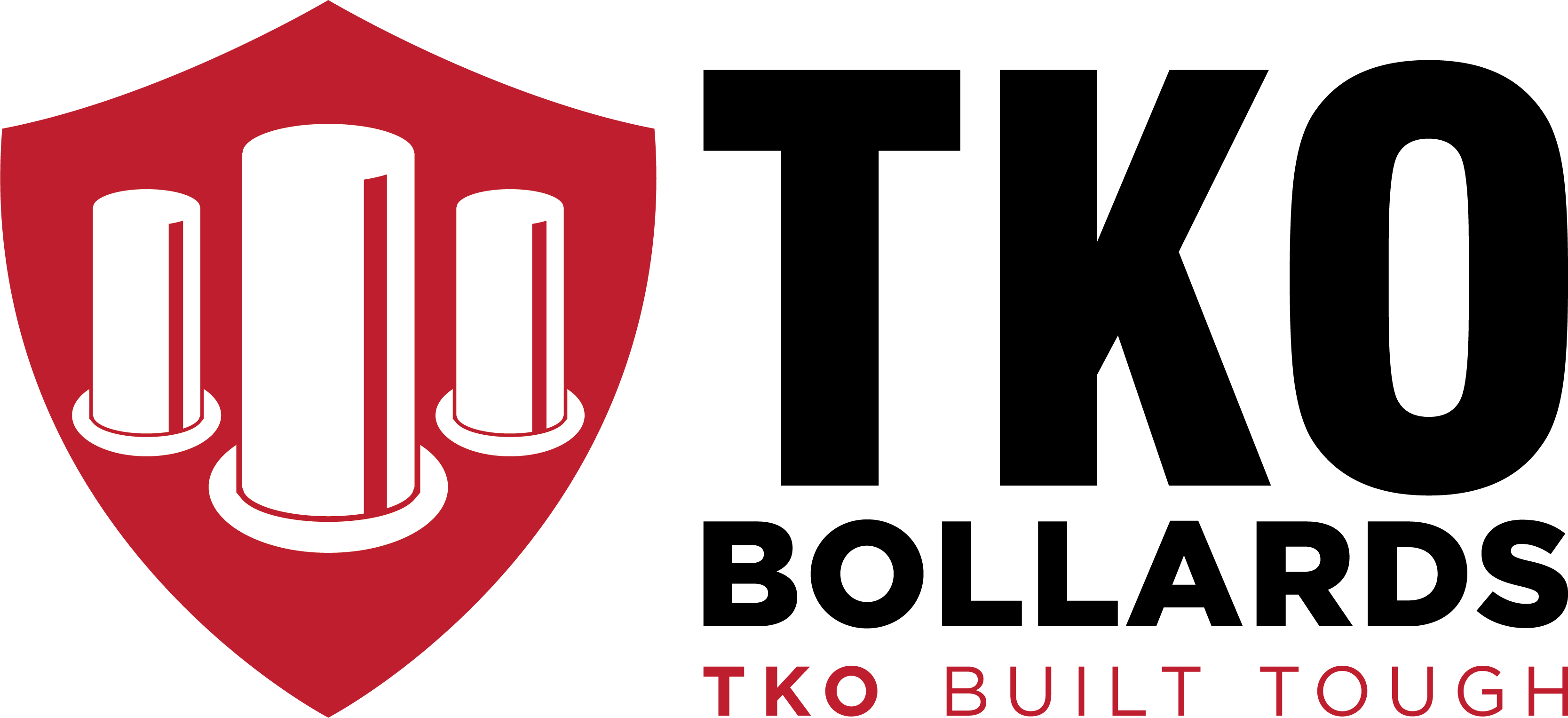
The difference between 304 and 316 Bollards
Bollards are commonly used because they meet Australian and design standards while upholding your site’s aesthetics. They are a great option for many different functions.
The 304 stainless steel bollard is designed to resist rusting. It can also stand up against corrosion and oxidation. That makes this kind of steel ideal for food prep areas, where structural decay could present health problems. 304 stainless steel can be dissolved or corroded by a chloride solution, though, so anywhere there is a concentration of sodium chloride may not be an appropriate place to install it. This chemical corrodes at a localised level creating what are known as pits or small indentations on the steel. This can get under the protective chromium barrier of the steel and make it structurally unsound. Any area with a ppm of 24 sodium chloride is unsuitable for 304 stainless steel.
The 304 bollard is the most commonly used stainless steel selection because of its cost-effectiveness. TKO Bollards focuses more on producing the 316, because we believe in its superior quality. However, we sell it at a price that is competitive even for other suppliers’ 304 stainless steel bollards.
How the Two Are Different
The most common type of stainless steel is classified as 316. We stock these as standard, and if you want the 304, you can request it and we will order it for you. The mechanical properties between the two are pretty much the same and their material makeup is nearly identical.
316 stainless steel, however, is made up of about 3% molybdenum, which makes it more resistant to corrosion. This is ideal for coastal areas, where saltwater build-up can easily cause corrosion in many materials.
This type of bollard is particularly effective against a variety of industrial solvents, such as chloride. Anywhere that there is an abundance of chemicals, 316 stainless steel is a clear choice. Any location that uses de-icing agents should also be using the 316 grade of stainless steel. Because of the way this type of metal resists reactions with other substances, it is often used to create medical instruments.
We sell a wide range of stainless steel bollards including in-ground, removable in-ground, and surface mounted bollards.
